Last updated: May 21, 2019
Article
10 Ways to Discover American Heritage Using the National Register of Historic Places
With more than 95,000 buildings, structures, objects, sites and districts,the National Register of Historic Places is the official list of the Nation's historic places worthy of preservation. These places preserve a range of diverse American stories and can be found in every state and US territory. While some properties are private, many are public and some may be in your own backyard!
Through a major preservation partnership between the National Park Service and the National Archives and Records Administration, more than 88,000 of these records have been digitized and uploaded to the National Archives Catalog, searchable and available to everyone, with more records being uploaded regularly.
In honor of Historic Preservation Month, celebrated each May, here are 10 ways you can discover lesser-known American stories, using the National Register of Historic Places as your guide.
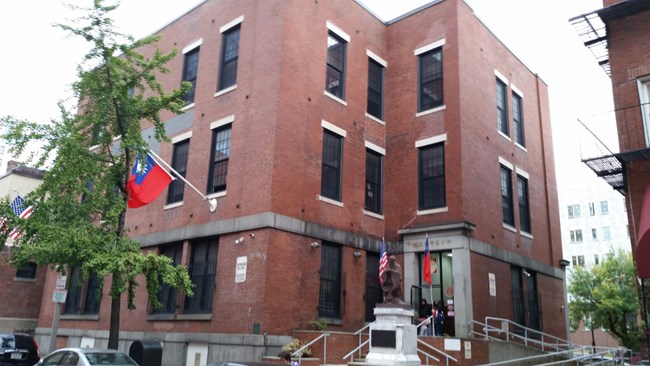
Photo by Neil Larson, courtesy of Massachusetts State Historic Preservation Office
1. Go to school
Located in downtown Boston, MA, the Quincy Grammar School played a pivotal role in educating Boston's largest Chinese enclave, as well as teaching English as a second language and other acculturation skills during a period when large numbers of new Chinese families were arriving in Chinatown. Learn more about Asian American and Pacific Islander heritage.
NPS Photo / Tom Engberg
2. Ride a bike
Known for their aviation innovations, the Wright brothers got their start as bicycle manufacturers. While working at their 4th bicycle shop in Dayton, OH, they took an interest in the idea of powered flight, cementing the site's legacy as the birthplace of aviation, now preserved as a National Historic Landmark. Today, visitors can tour the Wright Cycle Company building and explore Dayton Aviation Heritage National Historical Park by bike!

Photo courtesy of the Library of Congress
3. Admire Architecture
Built in 1840, the Kahal Kadosh Beth Elohim Synagogue in Charleston, SC reflects the history of Jewish worship in the city, as well as the high degree of religious tolerance found in the Carolina colony during the 18th century. An excellent example of the Greek Revival style, Beth Elohim is not just the second oldest synagogue in America, it is also the oldest in continuous use.
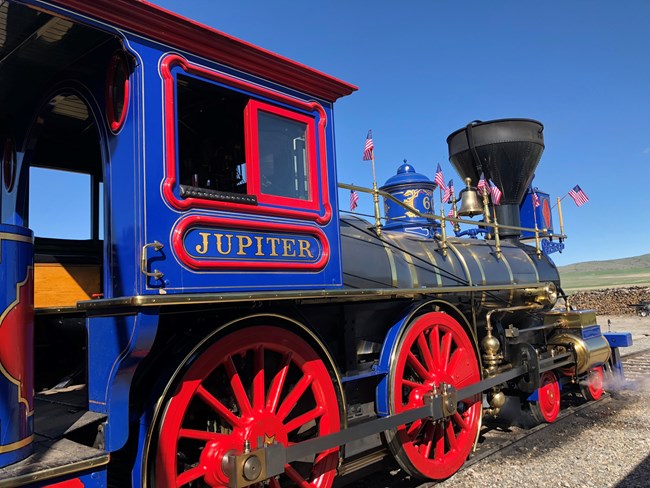
DOI Photo / Tami A. Heilemann
4. Ride the Rails
On May 10, 2019 Golden Spike National Historical Park commemorated the 150th anniversary of the completion of the first Transcontinental Railroad. This new railroad meant that a trip from the Atlantic to the Pacific now took about one week, an astounding improvement from the 6-month wagon ride! Learn more about how trains and railroads impacted our nation.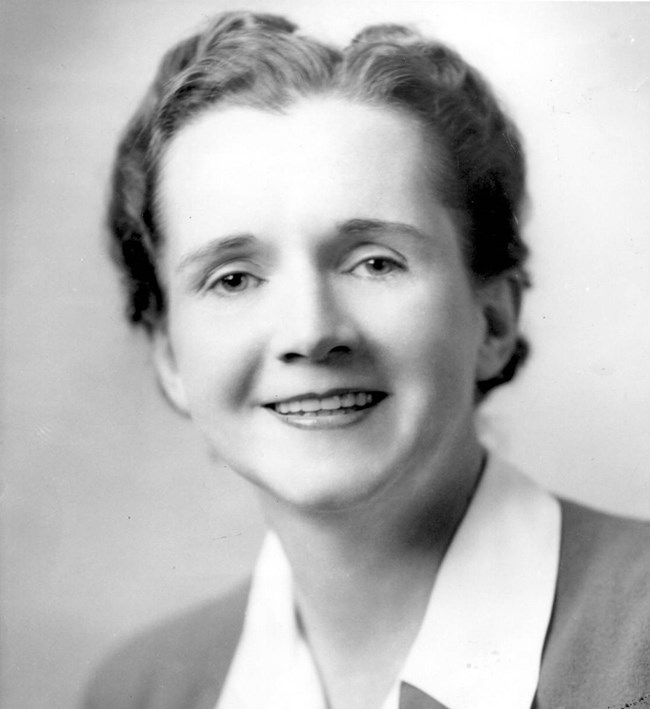
Photo courtesy of the U.S. Fish and Wildlife Service
5. Uncover Truths
Rachel Carson, an American biologist, naturalist and writer, opened the world’s eyes to the dangers and environmental effects of pesticides in her seminal 1962 book Silent Spring. Her research led to a ban on the use of dichlorodiphenyltrichloroethane, or DDT, which made way for the comeback of the American Bald Eagle. You can visit the Rachel Carson Homestead in Springdale, PA or drive past the house where she wrote Silent Spring in Silver Spring, MD.
U.S. Army photo by Elizabeth Fraser / Arlington National Cemetery
6. Honor a soldier
Laying a wreath, flag, or flowers at a memorial is a long-standing tradition and act of remembrance. The first observance of Decoration Day, now Memorial Day, took place on May 30, 1868 at Arlington National Cemetery. Today more than 135,000 visitors go to Arlington National Cemetery each Memorial Day weekend to honor those who have died while in the armed forces. Regarded as America’s most sacred national cemetery, it contains the burials of persons of national importance, including presidents, Supreme Court justices and countless military heroes and is the final resting place of service men and women from the Civil War to the present.
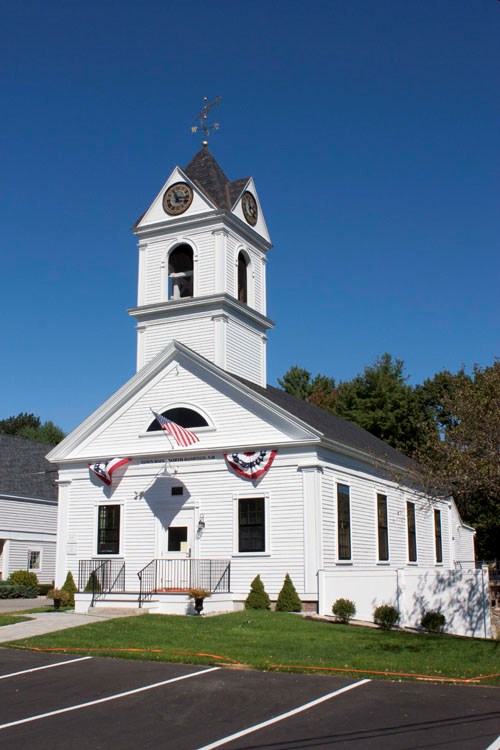
Photo courtesy of the New Hampshire State Historic Preservation Office
7. Save a Local Landmark
It takes a village to preserve the significant places, structures, sites, and objects that tell the story of our communities. The preservation of North Hampton Town Hall in Rockingham County, NH owes its listing in the National Register to the work of local citizens, namely a high school senior who focused her senior project on initiating the preservation process. Built in 1844, the historic single-story, clapboarded building set on a foundation of granite blocks, has been the center of local government and community activities for more than 160 years. Take action in your community to protect important places like this.
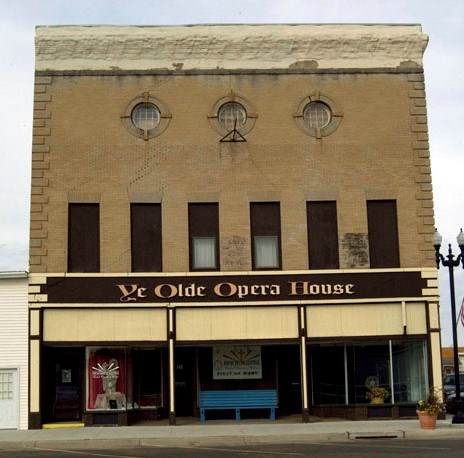
Photograph courtesy of the Iowa State Historic Preservation Office
8. Be a little dramatic
Opening in the spring of 1906, the Akron Opera House in Plymouth County, Iowa embodies the heyday of rural community opera houses (1890-early 1940s), As rural communities across Iowa and the Midwest deveolped, so did places to house cultural activities, like opera house. a time when opera houses like this. Today, the Akron Opera House continues to bring in a variety of live performances and is being restored to its early 1900s glory.
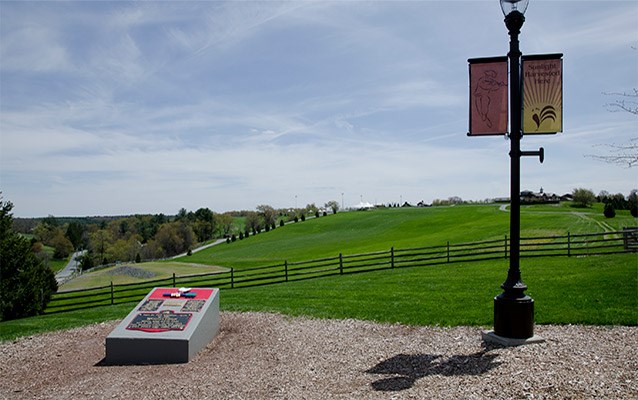
Photograph by Wade Lawrence, courtesy of New York State Historic Preservation Office
9. Rock out
The Woodstock Music Festival was the definitive expression of the musical, cultural, and political idealism of the 1960s. Today, visitors to the Woodstock Music Festival Site can tour the on-site museum, join an arts workshop, enjoy musical performances and more.

NPS Photo
10. Witness History
At the Sroufe House in Dover, Kentucky, noted Underground Railroad “conductor” John P. Parker, a free African American man living across the river in Ohio, helped Celia Brooks, her husband, and baby escape bondage and cross the river to freedom. Read about the harrowing tale of freedom seekers in the National Register documentation, prepared by a local Girl Scout.
Tags
- national register of historic places
- national historic landmark
- historic preservation
- preservation
- national register
- asian american and pacific islander heritage
- military
- architechure
- art
- aviation firsts
- historic locations
- aviation figures
- cemeteries
- heritage travel
- homes
- monuments
- music
- national cemeteries
- nhl
- science
- technology
- america's stories
- underground railroad
